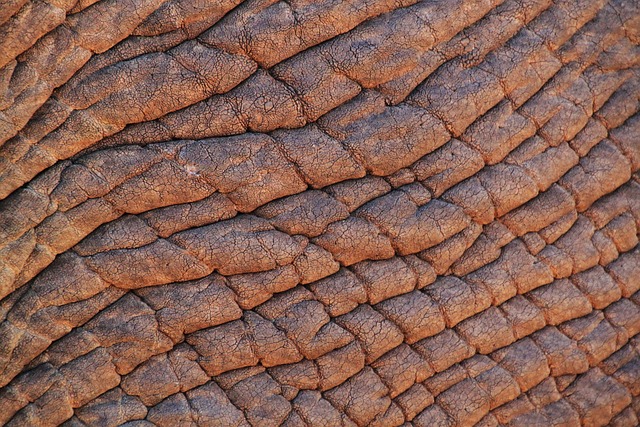Skin tags are small growths that often appear in skin folds and are usually benign, though they can sometimes indicate health issues like insulin resistance or PCOS. For residents of Liverpool, professional removal services are available at specialized clinics like Liverpool Tag Removal, offering a range of treatment options from surgical excision to cryotherapy, as well as home remedies involving natural substances like tea tree oil. The Liverpool Tag Removal Method is a cost-effective and safe home removal option for those comfortable with DIY procedures. This method involves soaking the skin tag in warm water, applying tea tree oil for its antiseptic properties, and then carefully cutting it off at the base using sterilized tools. Post-removal, proper hygiene and care are essential to prevent infection, and any concerns or complications should be addressed promptly by a healthcare provider. This method is a viable alternative to professional treatment, offering a less invasive and more affordable solution for skin tag removal.
When confronted with skin tags, a common benign growth, understanding your removal options is paramount. Among these, the Liverpool Tag Removal method stands out due to its efficacy and safety. This article delves into the nature of skin tags and explores the Liverpool Tag Removal technique as an effective solution. We’ll guide you through assessing your skin tag’s suitability for this method, followed by a comprehensive step-by-step procedure outline. You’ll learn what to anticipate during the process and how to ensure proper aftercare to aid in a swift recovery. With clear guidance, you can confidently approach skin tag removal using the Liverpool method.
- Understanding Skin Tags and Their Removal Options
- The Liverpool Tag Removal Method: A Step-by-Step Guide
Understanding Skin Tags and Their Removal Options

SKIN TAGS OVERVIEW: Skin tags, also known as acrochordons, are small, benign skin growths that can resemble warts or fibroadsenomas. They typically appear on areas of the body with folds in the skin, such as under the arms, around the groin, under the breasts, and on the neck and chest. While they are often harmless and cause no symptoms, some individuals may seek their removal for cosmetic reasons or if they become irritated by clothing or jewelry. Understanding the nature of skin tags is the first step in considering their removal. These growths are composed of collagen fibers and ducts of the sebaceous glands, and they are usually benign, although they can sometimes be indicative of underlying health conditions such as insulin resistance or polycystic ovary syndrome.
REMOVAL OPTIONS: When it comes to skin tag removal, there are various options available, including surgical excision, cryotherapy, and natural at-home methods. For those in Liverpool looking for professional treatment, clinics like Liverpool Tag Removal offer expert services tailored to individual needs. Surgical excision involves a minor procedure where the skin tag is cut off with surgical tools. This method is typically performed by a dermatologist or a general practitioner under local anesthesia. Another option is cryotherapy, which uses extreme cold to freeze and destroy the skin tag. This method can be less invasive but may require multiple treatments. Additionally, there are non-invasive at-home kits available for purchase that use natural ingredients like tea tree oil or herbal extracts to gradually remove skin tags over time. It’s important to carefully evaluate each removal option and consider factors such as cost, recovery time, and potential side effects. Consulting with a healthcare provider is essential to determine the safest and most effective method for your specific situation.
The Liverpool Tag Removal Method: A Step-by-Step Guide

The Liverpool Tag Removal Method is a cost-effective and minimally invasive treatment for the removal of skin tags, named after the city where it was first introduced. This guide will walk you through the step-by-step process to safely execute this procedure at home. Before proceeding, it’s crucial to ensure that you have all the necessary supplies, which include tea tree oil, dental floss, a small mirror, tweezers, and a sharp sterilized scissors or needle. Begin by soaking the area of the skin tag in warm water for several minutes to soften it. Next, apply a few drops of tea tree oil directly onto the base of the skin tag. Tea tree oil has natural antiseptic properties that will help prevent infection during and after the removal process.
After allowing the tea tree oil to be absorbed for about 10 minutes, gently grasp the skin tag with sterilized dental floss, ensuring not to touch the skin tag itself. This step is pivotal as it isolates the skin tag from the rest of your skin, reducing the risk of infection and bleeding. With a sterilized scissors or needle, make a small incision at the base of the skin tag. Be cautious to cut as close to the skin as possible without cutting yourself. Upon removal, apply gentle pressure with a clean tissue or gauze to stop any bleeding. Once the bleeding has ceased, clean the area thoroughly with antiseptic soap and water. Apply an antibiotic ointment to prevent infection and cover the area with a sterile bandage. It’s imperative to follow aftercare instructions diligently, keeping the wound dry and monitoring for signs of infection. If any complications arise, seek medical attention promptly. The Liverpool Tag Removal Method, when executed correctly, is an effective way to remove skin tags at home, provided one follows the procedure with precision and care.
When addressing skin tags, it’s crucial to explore effective removal options, with a particular focus on the Liverpool Tag Removal method. This article has demystified skin tags and provided a comprehensive step-by-step guide to this safe, reliable technique. Adopting a well-informed approach, as outlined in ‘The Liverpool Tag Removal Method: A Step-by-Step Guide,’ can lead to successful removal of these benign growths without the need for surgical intervention. For those considering skin tag elimination, understanding the process and its benefits is key to making an informed decision. The Liverpool Tag Removal method stands out as a viable option due to its minimal risk and ease of at-home application. With this knowledge in hand, individuals can confidently manage their skin health concerns.
